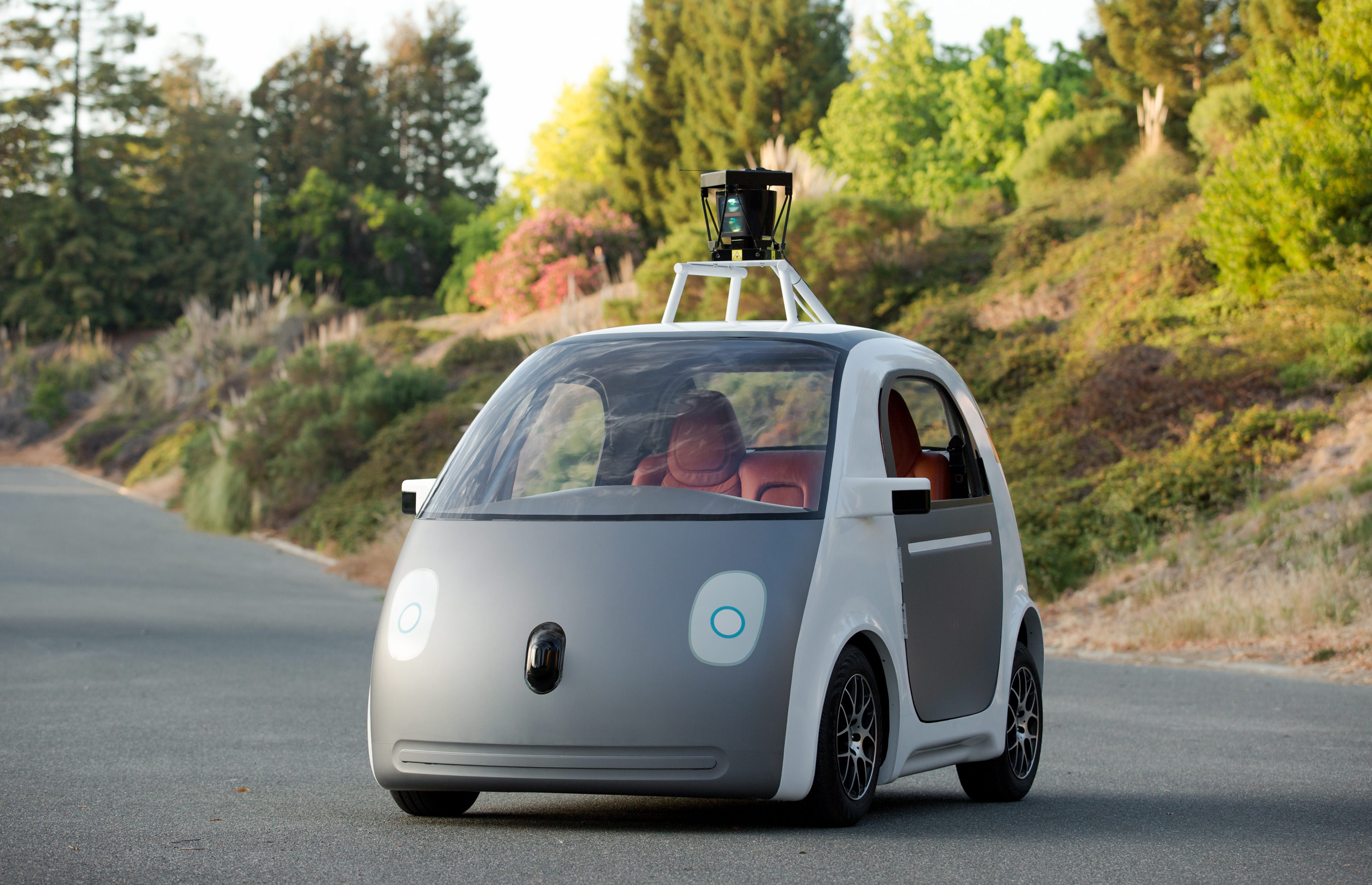SAN FRANCISCO—While Google has been testing their prototype, “Koala” self-driving cars on the roads of Mountain View for a while, they have recently been spotted during their summer testing. Last month, Google announced that the vehicles were built specifically to drive themselves and that testing would begin on public roads this summer. During the trials, speeds for the cars have been capped at 25 mph to keep them neighborhood-friendly and all of the controls that you find in a regular car are on-board in case the passenger of the self-driving car needs to take over.
The idea behind these cars are to make them safe enough to be able to eliminate the extra features of a steering wheel, accelerator and brake pedals, but that can only happen if the state of California allows it. The software that handles the navigating is the same technology that powered the company’s units of Lexus SUVs that were made to drive themselves, giving the technology more credibility.
While the idea for the self-driving car is controversial, Google is hopeful and positive about their newest product. In May, Google was confronted with a report from AP stating that the Lexus cars using the same technology had been involved in three accidents to date. Google responded, noting that after logging nearly 1 million miles of driving experience, the self-driving cars had yet to be the fault in any accidents.
Google’s head of self-driving cars, Chris Urmson, said that his team is working to launch the technology onto the market by 2020. Urmson also expressed his belief that only self-driving cars can truly reduce the number of accidents on the road, claiming that drivers are prone to take more risks when behind the wheel, causing accidents. Eliminating the need to be behind the wheel will reduce risky driving and poor decisions will not be made.
Google’s self-driving team is working to see that the car is capable of handling hazardous driving conditions and unforeseen incidents and distractions.






